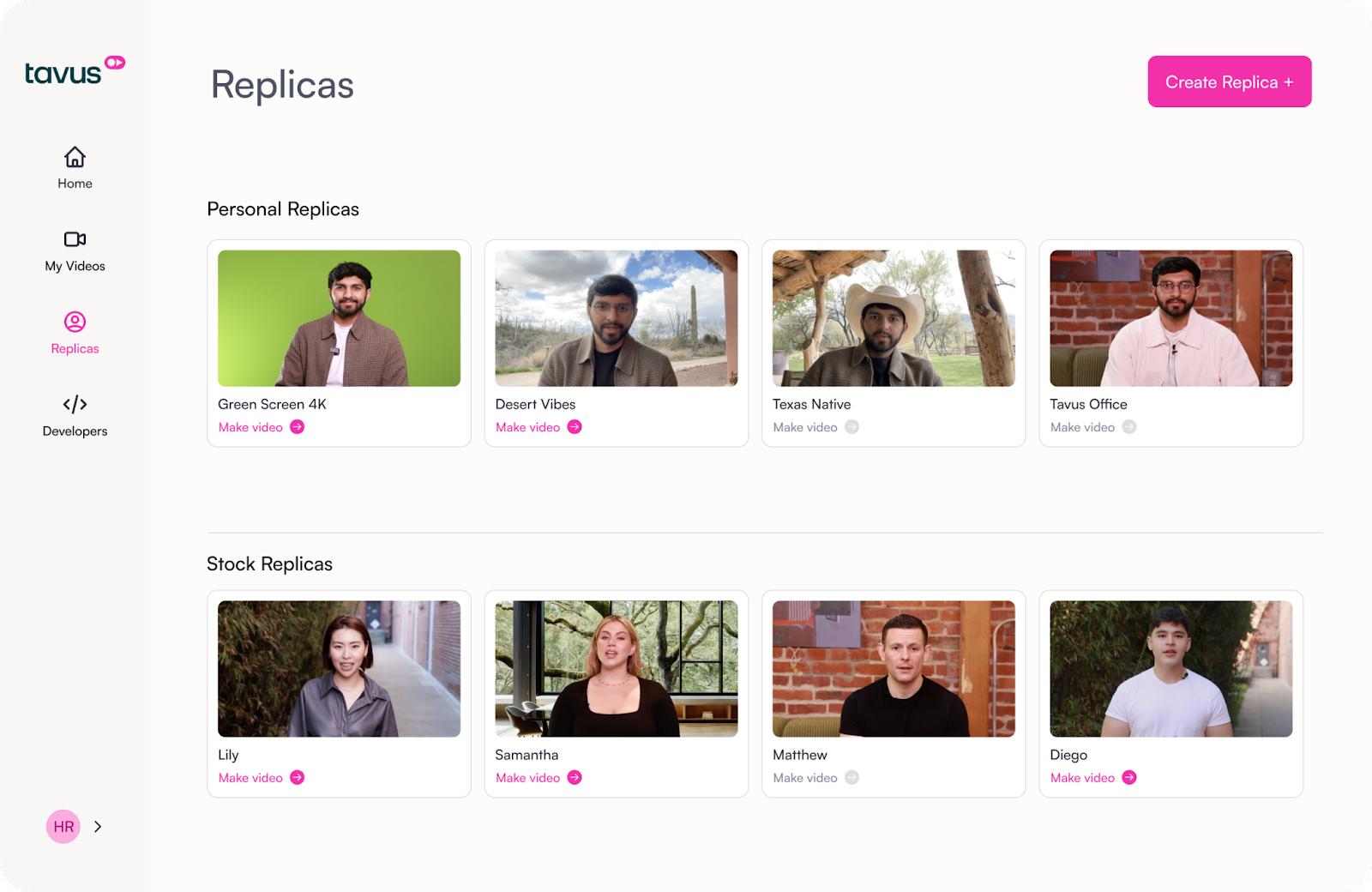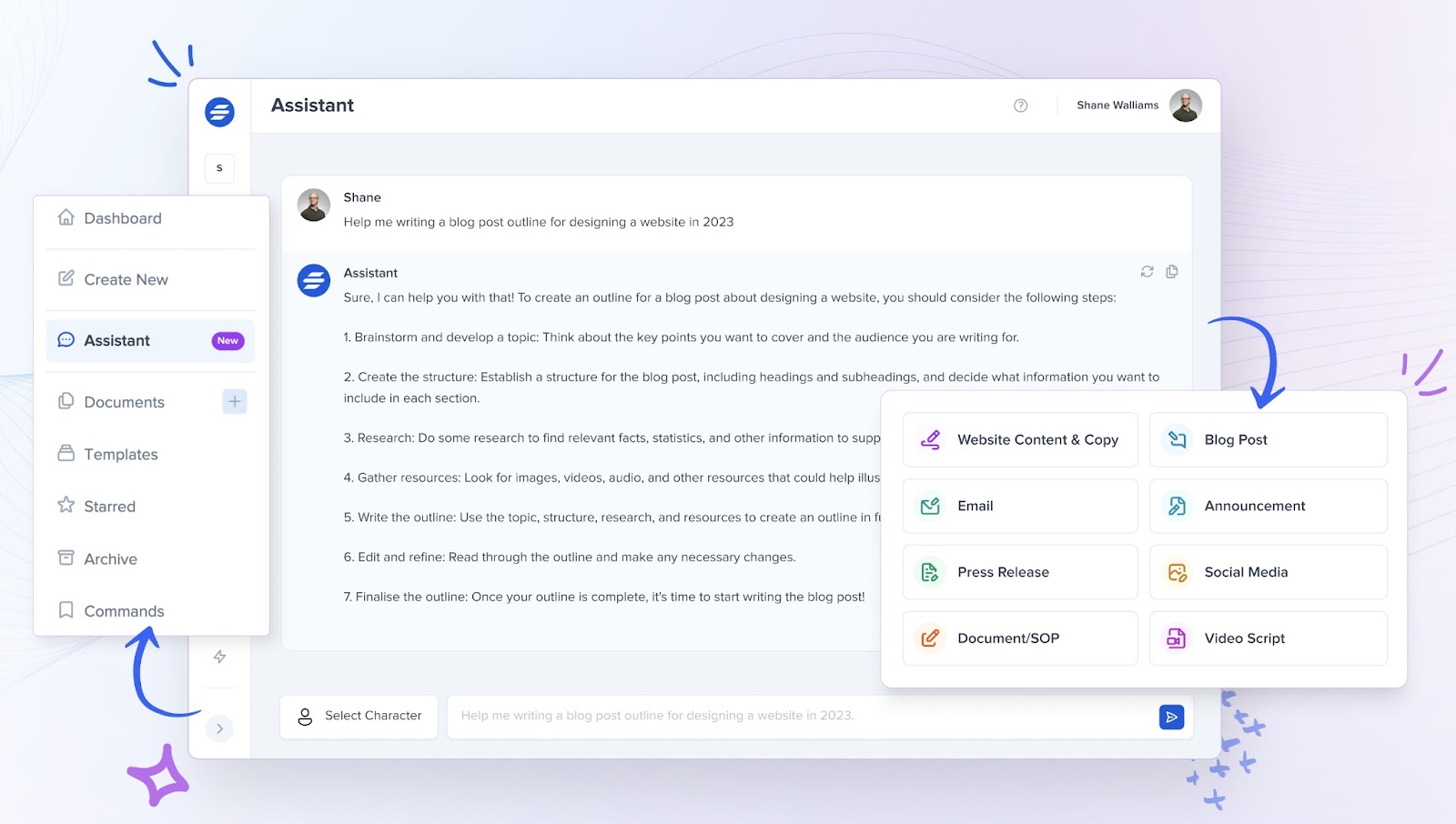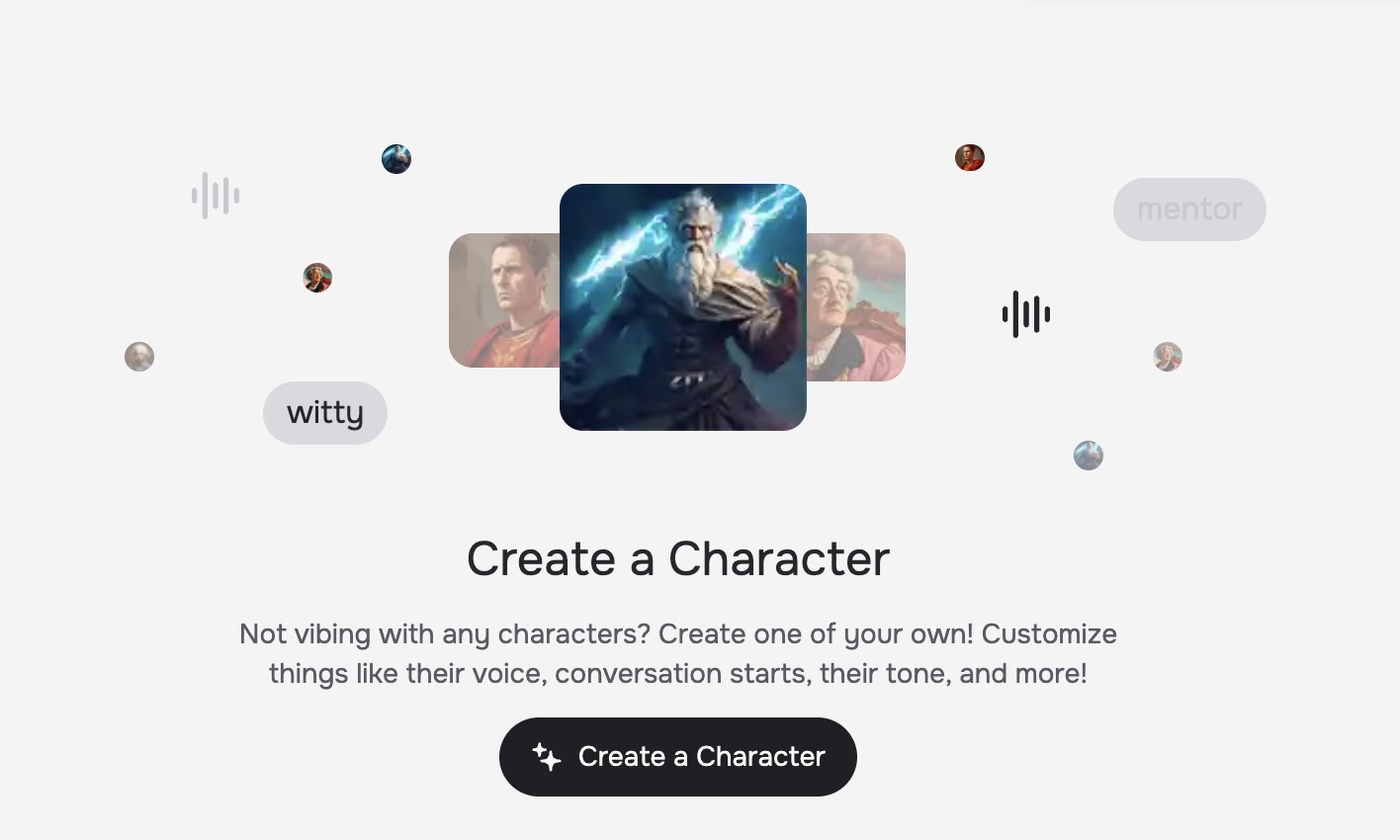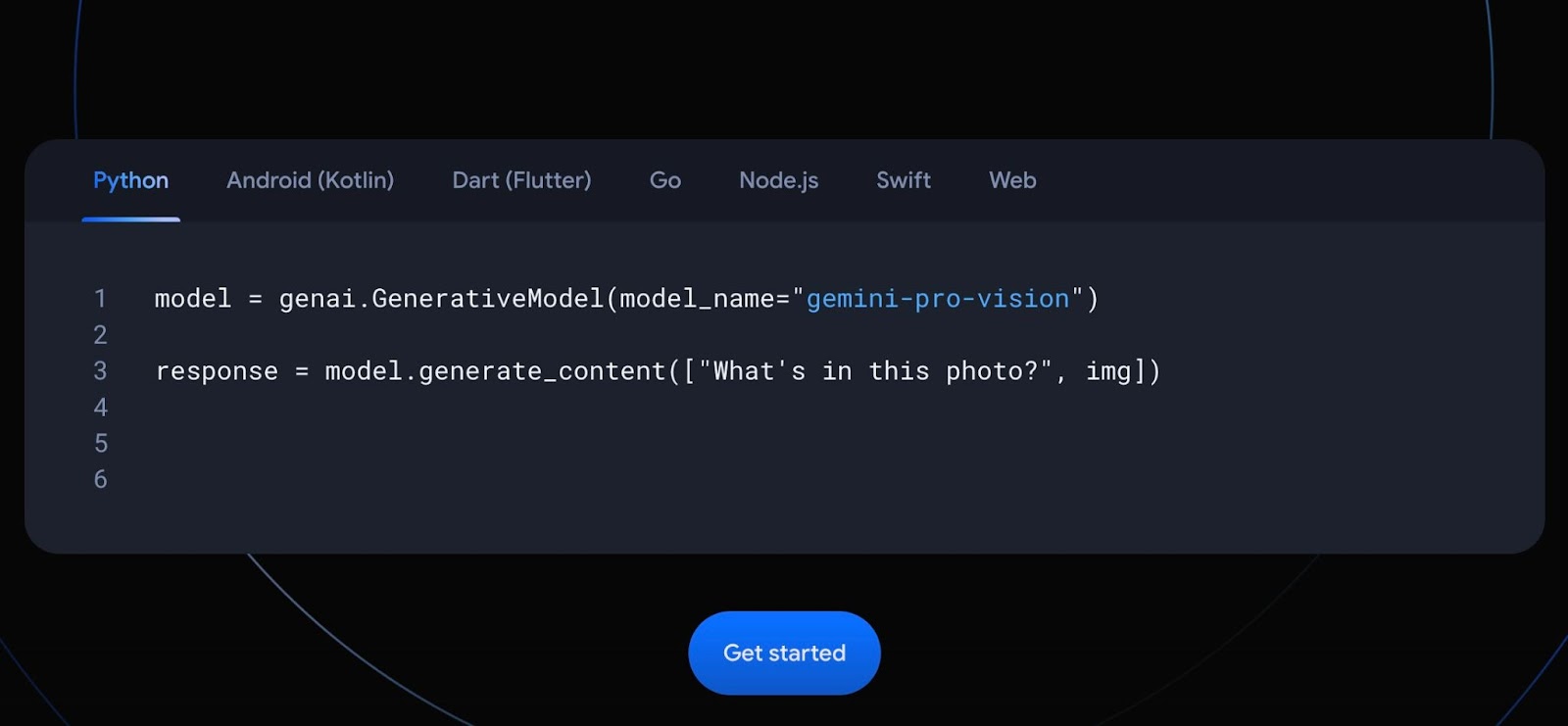All Posts
OpenAI API Text-to-Video Review & Alternatives [2024]


The number of AI software available to individuals and businesses continues to grow, providing a range of platforms and AI models aligning with the varying needs of users. Several of these AI platforms now offer APIs: Tavus, SureWriter, and OpenAI, to name a few.
In this review we’ll explore the features of the OpenAI API, exploring its benefits and limitations and learning about alternative platforms to help users make well-informed decisions about which software will best serve their needs and goals.
An application programming interface, the OpenAI API allows users to harness OpenAI’s models, including GPT-4, DALL-E, and Whisper, using a “text-in, text-out” interface. OpenAI users can integrate the API into their product or build an entirely new application.
OpenAI says that their API models can be fine-tuned according to users’ needs.
OpenAI API can be used for several types of content creation. Users can access models for tasks such as advanced reasoning, creative text production, image generation, transcription, and translation.
Let’s explore how OpenAI API works and its features to help you decide if it’s the right choice for you.

The OpenAI API provides access to and integration of OpenAI’s machine learning models into users’ own work. Users gain access to OpenAI’s AI tools, which generate output—text, image, translation, and more—based on their algorithms, computer models, and human input.
The process looks a little something like this:
The OpenAI API key is essential for access to the AI models, but if you lose your key, you can gain a new one through the OpenAI API key generator.

The OpenAI API allows users to access many of the OpenAI models, providing features such as:
OpenAI API’s use cases extend across a variety of applications due to its variety of AI models and customization options. It’s used by websites like Reddit, research institutions, payment and invoice programs like Stripe (to combat fraud), and governments (such as Iceland’s use of GPT-4 to preserve its language).
The API can offer services such as chatbots and virtual assistants, sentiment (or textual data) analysis, image recognition, and reinforcement learning.
Let’s explore OpenAI API’s pros and cons to help you determine if OpenAI API is the best choice for your personal or organizational goals.
The OpenAI API has some benefits, including:
However, the platform has its limitations, such as:
Given some of the OpenAI API limitations, developers and businesses can explore some other great APIs on the market.

If you’re looking to embed real-time, face-to-face AI humans and also generate video, Tavus Conversational Video Interface (CVI) is a top choice. Easy to use and customizable, Tavus creates photorealistic AI humans with natural expressions and presence, setting it apart from static avatars. With the Tavus CVI API connected to your platform, end users can hold lifelike, low-latency video conversations and generate studio‑grade content at scale.
The Tavus CVI API lets developers offer AI humans that mirror an end user’s likeness and voice for deeply personalized experiences—spanning training and learning apps, onboarding, social media, customer education, and marketing.

Features:

The SureWriter API uses AI to create content matching the original user’s tone, language, and style. Its AI tools offer customization, and the program includes features like chat assistants, built-in command prompts, a document editor, and project team collaboration tools, all designed to help organizations create content at scale.

Features:

Character AI allows users to simulate conversations with characters using neural language models, opening up the “science-fiction dream of open-ended conversations and collaborations with computers.” Users create AI-generated avatar characters and collaborate with them to write dialogue, providing immersive entertainment, creative exploration, and educational opportunities.

Features:

The Gemini API (formerly known as Bard) uses Google’s AI models, which allow for both text and image prompts to generate text responses. Gemini’s models aid in content creation, data analysis, and problem-solving, and developers can access detailed model information to support use in their own applications.

Features:
There are a few more questions to consider before deciding whether to adopt OpenAI API:
OpenAI API is generally safe. OpenAI acknowledges that it is difficult to anticipate all possible consequences, but they promise to terminate API access for clear instances of harmful use.
OpenAI also reports that the API “has been evaluated by a third-party security auditor and is SOC 2 Type 2 compliant.”
Yes, OpenAI API is a paid service. Pricing is flexible, allowing users to pay only for what they use, and based on how many tokens, or pieces of words, are used.
OpenAI provides a breakdown of prices for each AI model used through the API.
There is some concern over the risks of large-scale disinformation as AI use increases, but OpenAI promises to share what they learn about their models to help users and the broader community “build more human-positive AI systems.”
OpenAI may be susceptible to phishing attacks aimed at employees, which could compromise sensitive data, but OpenAI undergoes yearly third-party security testing and complies with GDPR and CCPA.
OpenAI offers several different models and services, but given its lack of AI video generation and avatar generation, organizations should explore alternatives so they can choose an optimal API for their needs.
Tavus’ Conversational Video Interface lets organizations embed real-time, face-to-face AI humans and also programmatically generate videos for more dynamic interactions and experiences. End users can create personalized AI humans and access a variety of tools for enhancing videos and interactions across platforms. In a time of increasing virtual interactions, Tavus gives organizations tools to increase connection and deliver unique experiences.